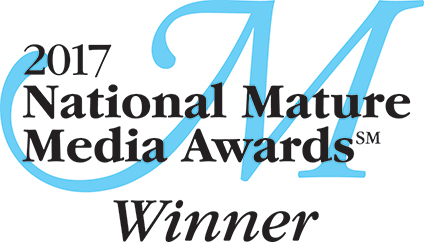o CRAFTY WAYS: There are boundless opportunities to craft your gifts; some more expensive and time consuming than others. For frugal approaches, try the following:
- Create a stack of greeting cards with your favorite rubber stamps and/or embellishments and tie the package with a festive ribbon. No stamps? Cut a potato in half lengthwise, carve it and dip it in paint and you have a stamp!
- Sentiments are always strong so making a scrapbook page with personal items, quotes, poetry and photos, will be a sure hit!
- Buy an inexpensive picture frame for your special photo (maybe it’s you, or the recipient or a pet); with extra time you can decorate the frame by gluing on some extra buttons you have stashed with your other sewing notions.
Take another look at disposables that would otherwise be in your trash; it is likely that you can reuse them to make wonderful gifts. With scraps of printed cotton fabric and Modge Podge glue, I used a decoupage technique to cover empty toilet paper rolls. The result? Elegant napkin ring holders, decorated with fun trimming on one end, are always an attraction at my dinner table with guests!
Found objects can have multiple lives. I rescued a crushed car hubcap from the road to make a fabulous picture frame. The embedded dirt actually gave it a special and wonderful shadow effect.
o SATISFYING A SWEET TOOTH
Everyone loves homemade goodies. If you don’t enjoy baking cakes or cookies from scratch, try using a mix; there are many wonderful brands that will produce excellent results even for the gluten free diet.
Another approach is to buy bags of colorful loose candy and layer them in an inexpensive glass container with a lid. Tie a pretty bow on the neck of the jar and it looks great!
o SURPRISE BASKETS: Gather beautiful fruits and make your own gift basket. To make it extra attractive, place a paper doily in between the fruits or a large one under each one. Another basket may be a collection of travel size toiletries which you may have from hotel visits or cosmetic bonus packs. Add a special touch in the basket with a washcloth rolled up and tied with a ribbon and even a little miniature toy for fun! There are plenty of ideas that can fill your basket so just think of a theme and fill it up!
o GREEN THUMB: Buying a plant is usually affordable but you can also share a plant that you have in your home. Fill a new pot with soil and carefully separate part of your plant and repot it as a gift and don't forget that nice touch of ribbon. Want to get fancy? Take some acrylic paint and paint a pattern on the pot!
o RECYCLED GIFTS: We all have received gifts that we did not want, tried to look the other way but graciously accepted with a smile and a thank you. These gifts need to be recycled and given to those people who will enjoy and appreciate them! Now is the perfect time to look in your closets, on your shelves and through those storage bins to find gifts to recycle. If you are scratching your head and not coming up with possible gift recipients, donate it!
When the material world of gift giving still leaves you in a quandary, consider ways to give of yourself.
YOUR-OWN-CERTIFICATE: This is a fabulous way to give a gift of yourself! Print out certificates for house cleaning, dog walking, car washing, babysitting or any other service that you can provide that is valued by the recipient.
VOLUNTEER: Volunteers are an important part of our society. When you volunteer and donate your time to an organization, you are giving to people in need. This is truly a way to honor the spirit of the holidays by supporting the organization or charity that helps others. If you do not know who to contact or where to go, try http://www.volunteermatch.org for local opportunities.
We are living in extraordinary times and we are challenged to maintain our positive sense of self. By giving to others and being remarkable in our kindness to others, we can flourish and build a better society.
Ralph Waldo Emerson, the poet, said “The greatest gift is a portion of thyself”






